Fall Armyworm invasion creates massive communications challenge in Africa
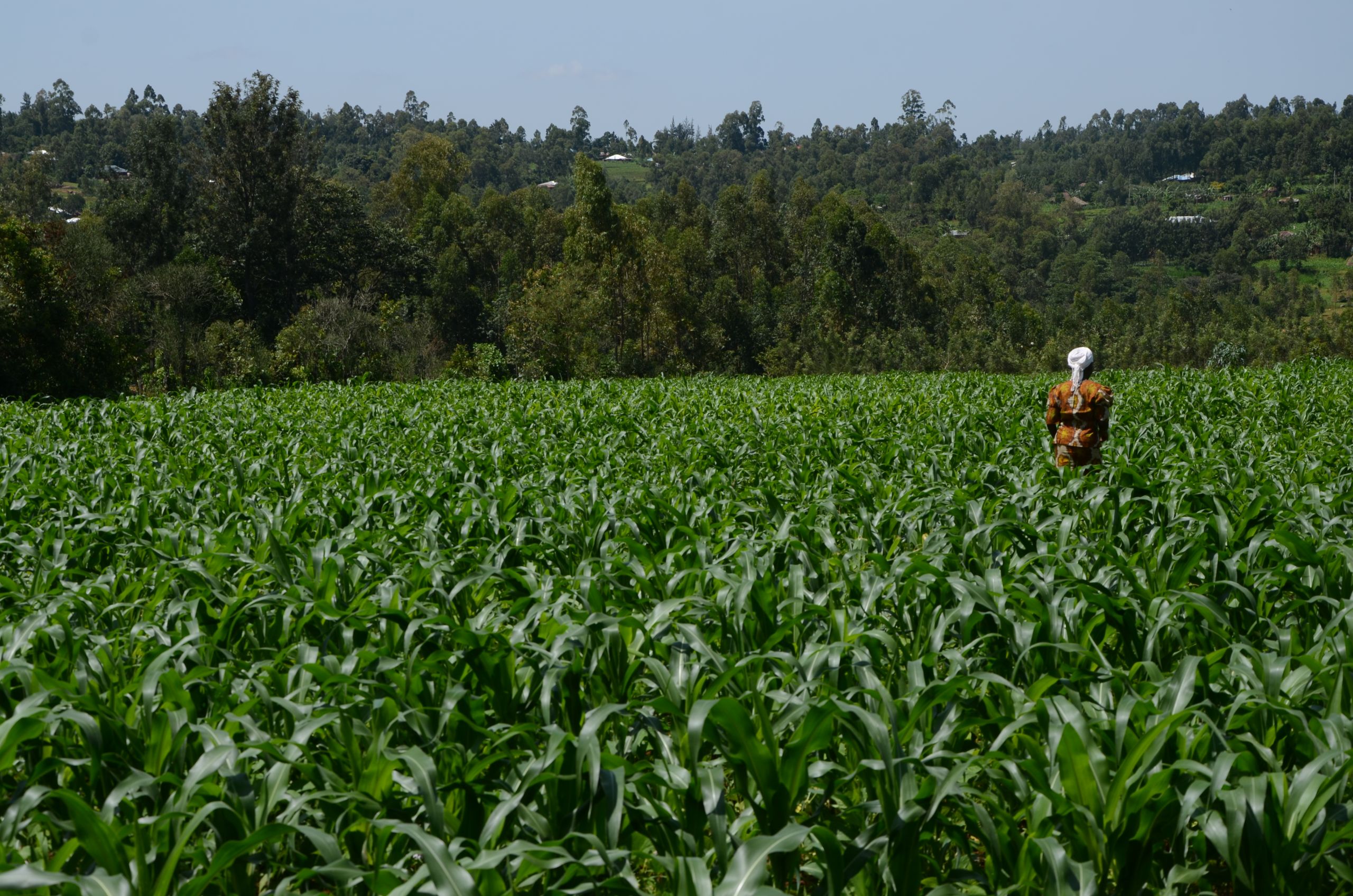
MBALE, Kenya — The attack last year was “fast and furious,” said 65-year old Kenyan farmer Wycliffe Ngodu. All of a sudden, his maize crop was riddled with holes and crawling with worms. It was like nothing he had seen in his lifetime working as a farmer. The worms killed about half his crop; this year they have come back for more.
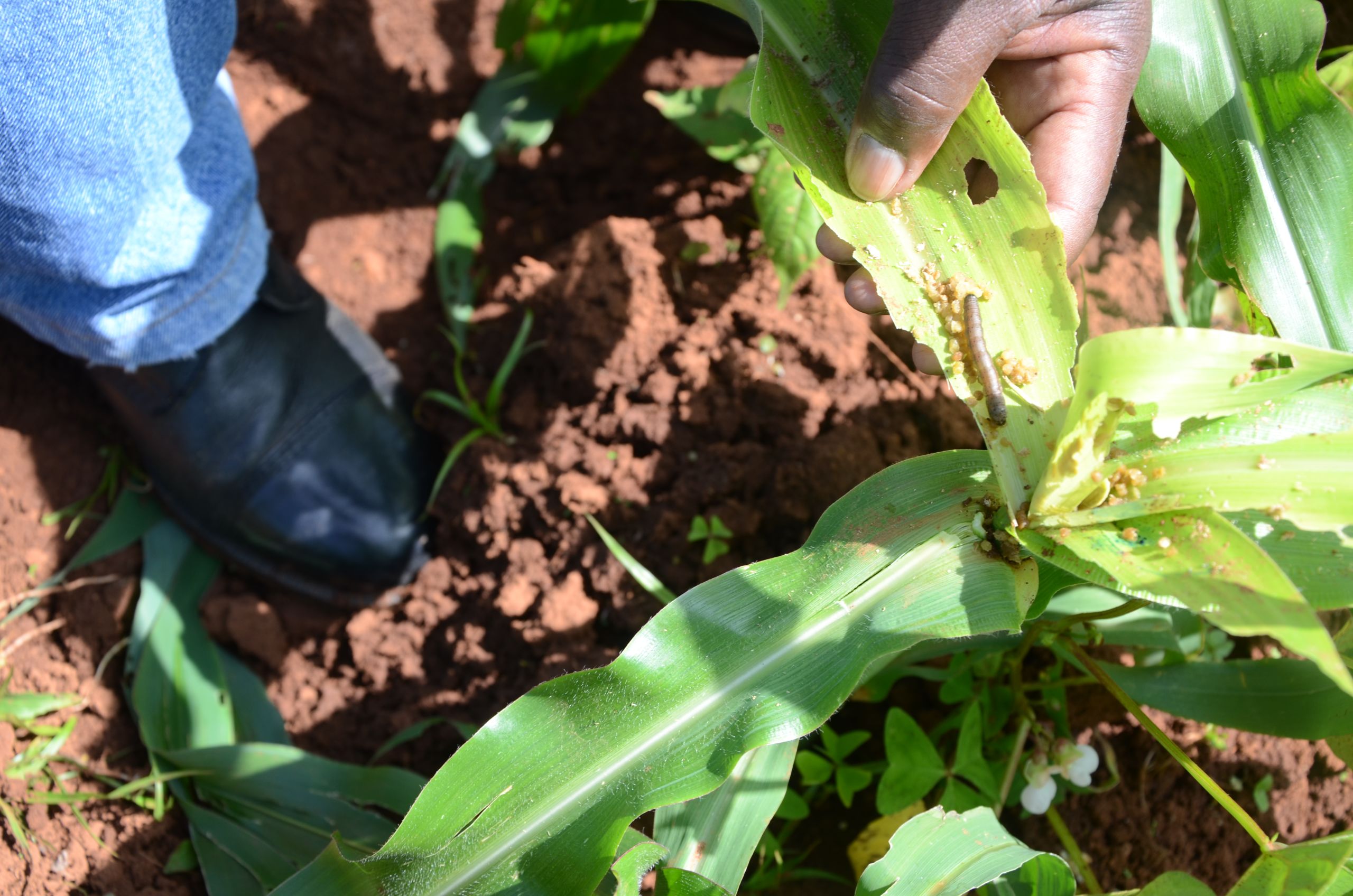
Plant with fall armyworm in center with eggs.
Plant with fall armyworm in center with eggs.
Fall armyworm, an invasive species of moth, was first detected on the African continent in 2016. Since then, it has quickly spread to nearly all of sub-Saharan Africa. The moth reproduces fast and can travel long distances. A moth can fly more than 300 miles before landing and laying eggs — which hatch into the damaging larvae worms.
The worms threaten to wipe out huge swaths of maize crops across the continent, a major staple in Africa, among other crops. At a time when many countries are already facing severe challenges to feed their populations, this would only heighten food insecurity.
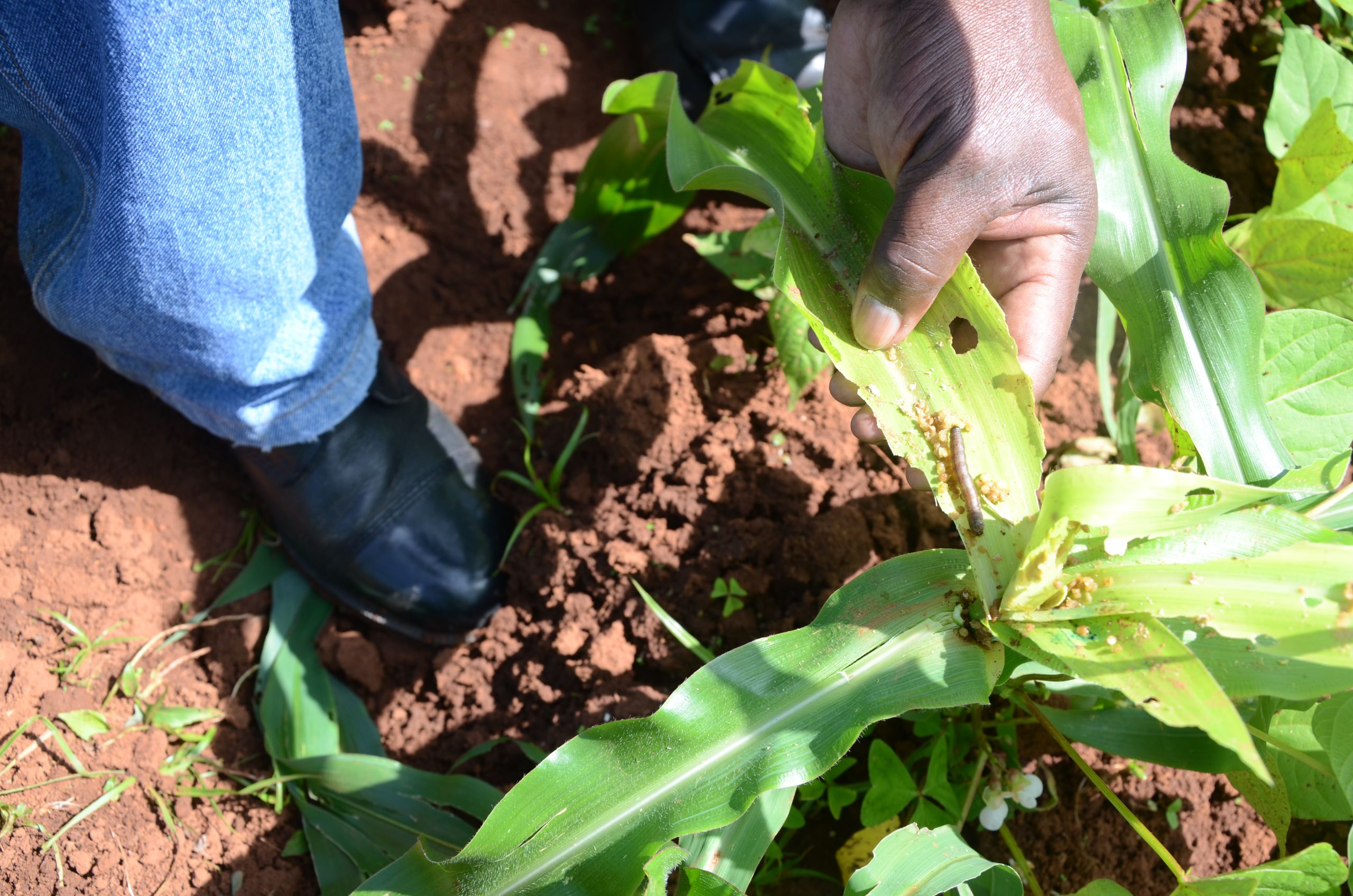
Damages from the armyworm could reach as high as an estimated $6.2 billion per year in Africa.
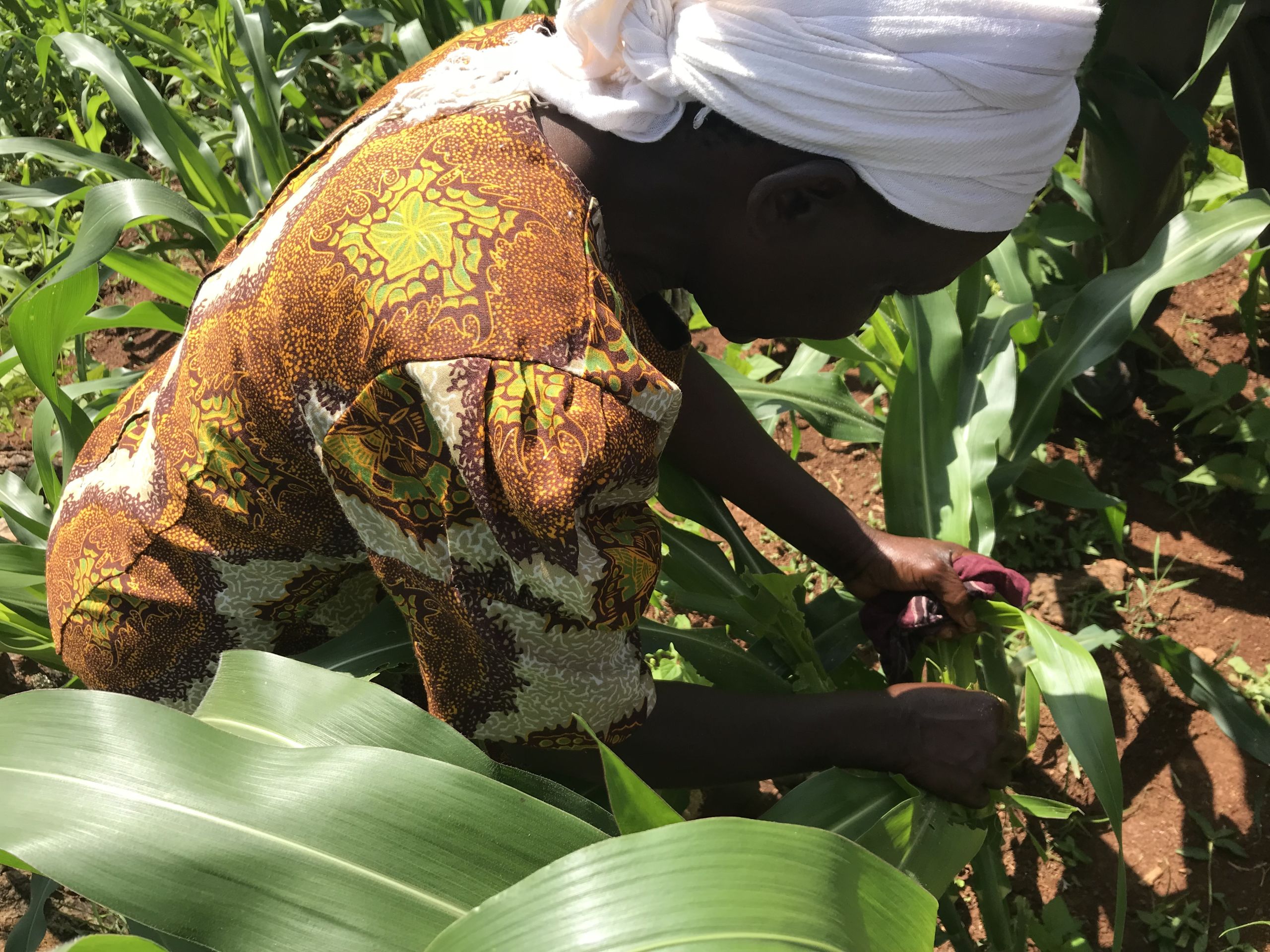
Farmer examines plant for fall armyworm
Farmer examines plant for fall armyworm
The invasion of the fall armyworm caught African farmers off guard, with many lacking the knowledge to rid their crops of it. This has created a “tremendous challenge in communications,” said B.M. Prasanna, director of the Consultative Group on International Agricultural Research Program on Maize and the International Maize and Wheat Improvement Center Global Maize Program, or CIMMYT, as countries and the development sector scramble to teach farmers about this pest, in order to curb losses from the invasion.
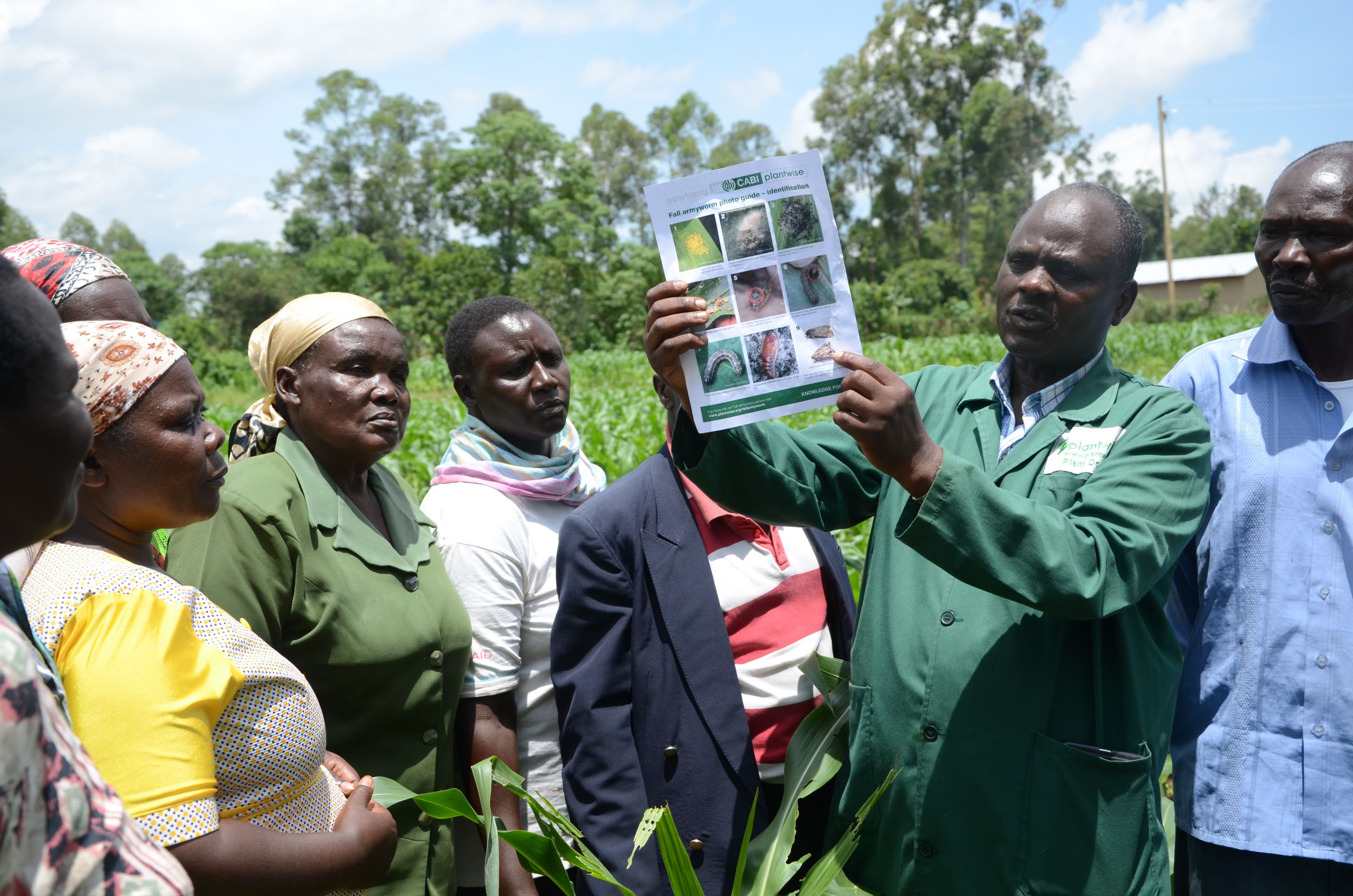
“How do we rapidly spread massive awareness about what to do and what not to do? To me, that is key,” he said. “This is undoubtedly one of the deadliest plant pests in the world.”
While African farmers have experience managing infestations of the African armyworm, the fall armyworm is a trickier beast. It hides inside crops, making it more difficult to spray with pesticides, and causes more damage.

Fall armyworm is native to the Americas. Farmers there have a variety of strategies for managing the pest, including using seeds with natural resistance or seeds that are genetically modified, and the use of natural predators and pesticides.
Because Africa is dominated by smallholder farmers, strategies for managing the worm must be tailored to suit the local context. To do this, more research is needed. Right now, the major challenge is getting trainers out to farmers in order to teach them how to use the solutions available.

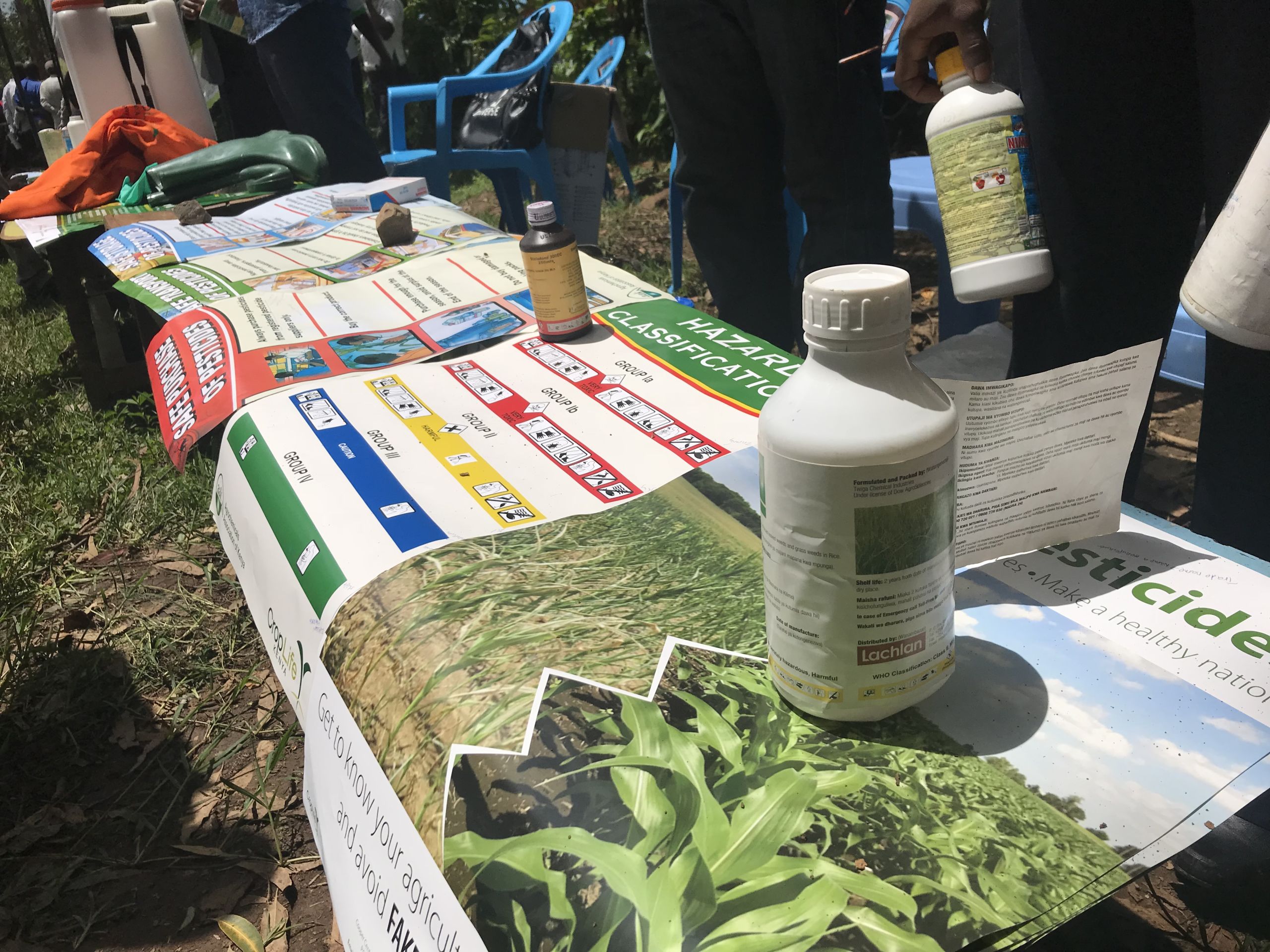
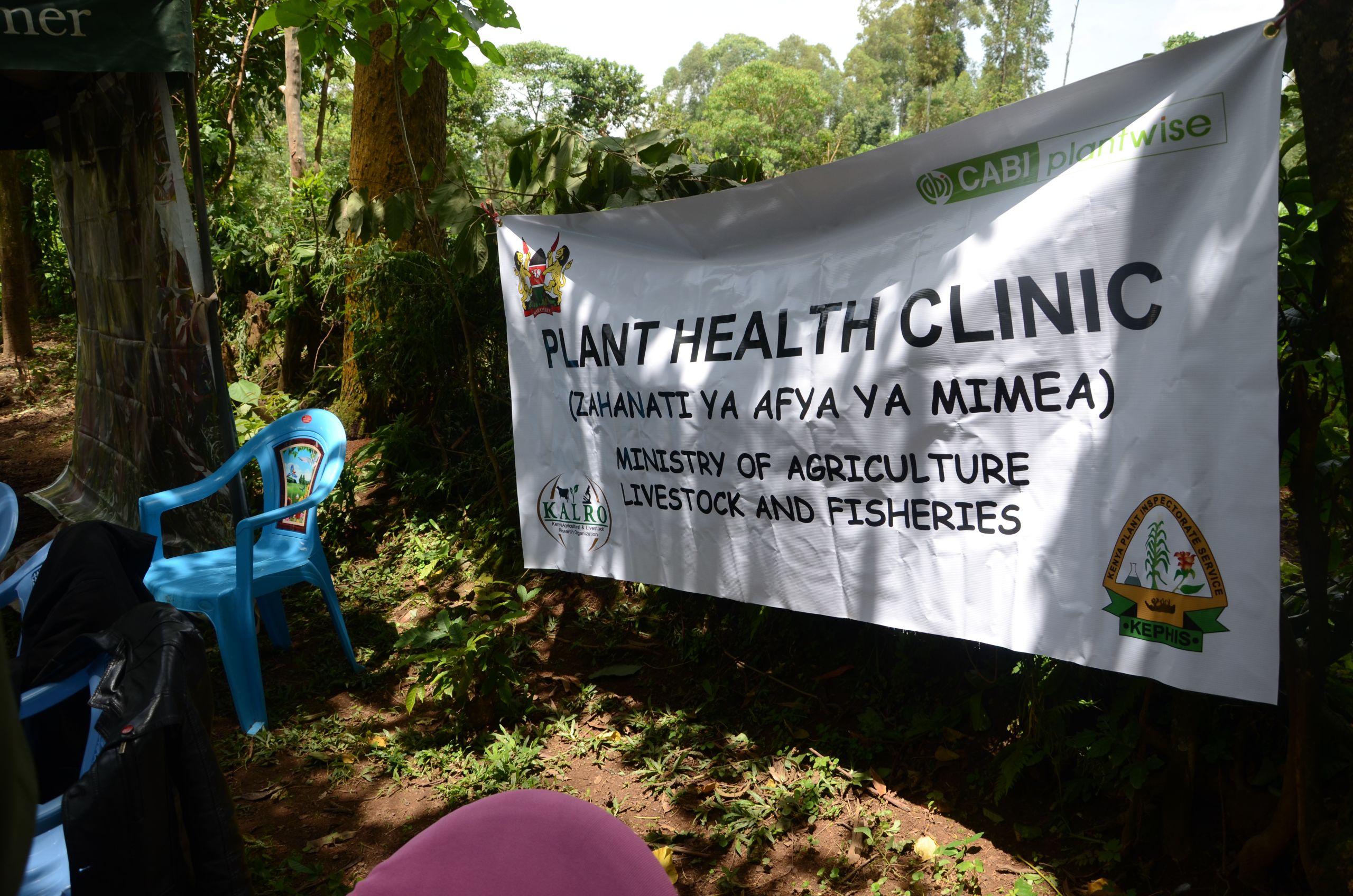
Countries are currently training agriculture extension workers to go into the field and train farmers. Organizations such as the Centre for Agriculture and Bioscience International have set up “plant clinics” with “plant doctors” in rural areas, where community members can bring in samples of their damaged plants for diagnosis.
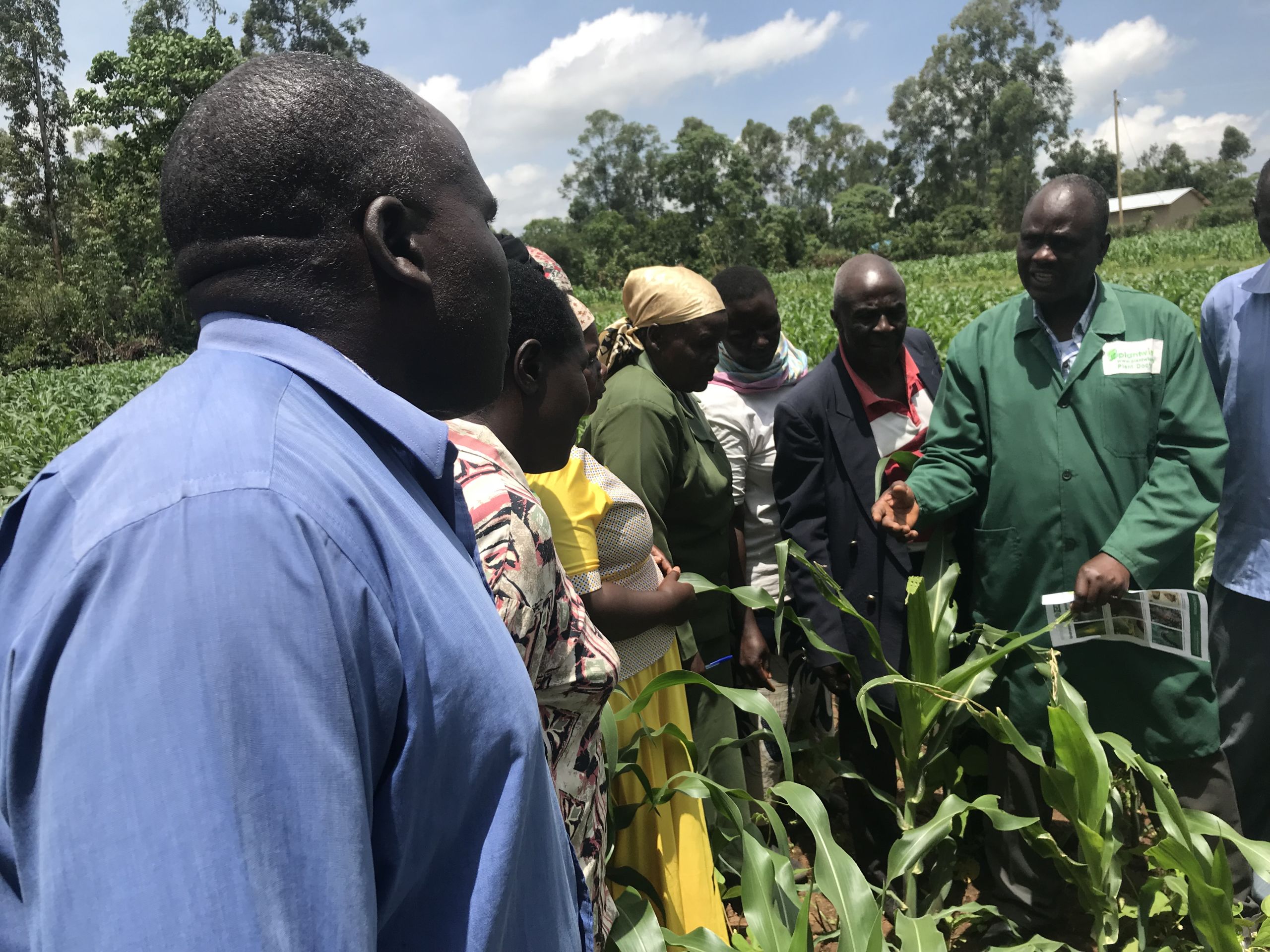
At these clinics, farmers are taught about more efficient breeds of maize, which can help to increase their yield and mitigate losses. Farmers are also taught to set up pheromone traps to provide a sense of the extent of the infestation. The ability to predict when the pest will be present and assessing the severity level of an infestation allows for the minimal and safest use of interventions, according to a report released earlier this year from Feed the Future. The center has programs such as these in 12 African countries.
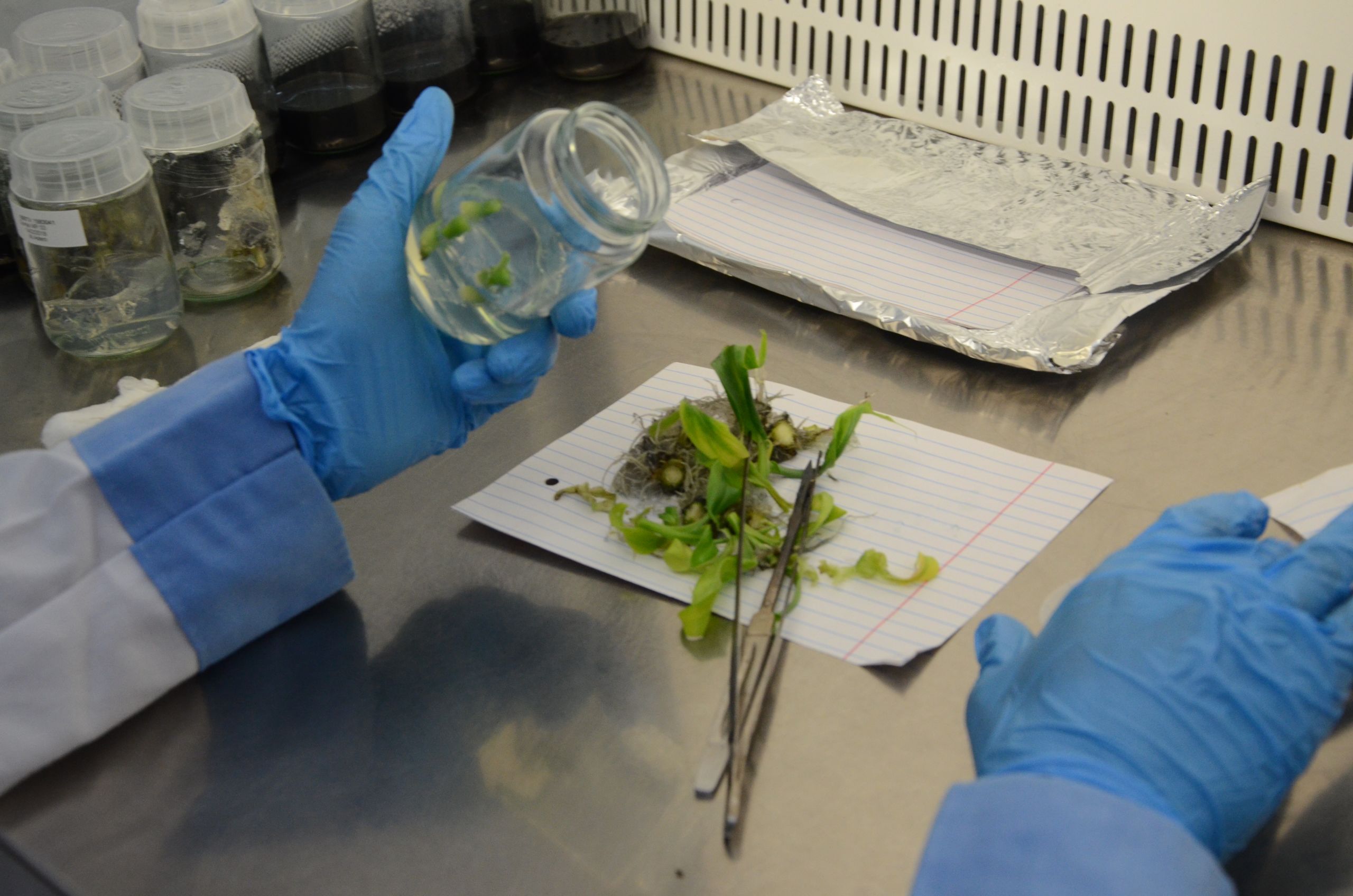
Scientist examines fall armyworm infested crop.
Scientist examines fall armyworm infested crop.
Pesticides can be used to control the worm, but many farmers can’t afford them. Some governments have been purchasing stocks of pesticides, but the environmentally safer, less toxic options are more costly. This has led governments to opt for the use of cheap pesticides that are highly toxic. These pesticides have been bought in large quantities and distributed to some communities, said Prasanna. But the majority of farmers haven’t been properly trained or do not have the personal protective equipment to use with these pesticides.
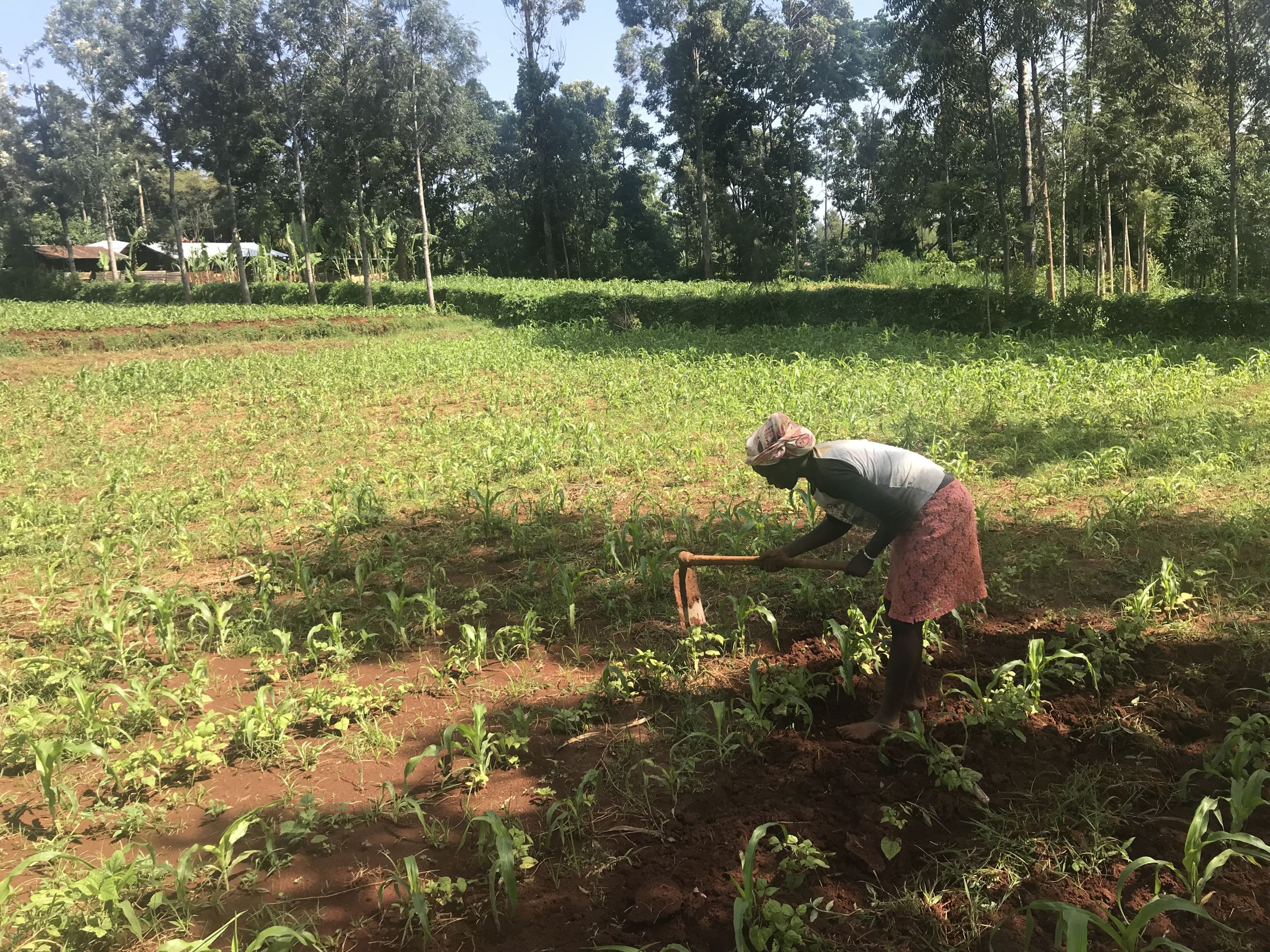
“I have literally seen women farmers mixing the pesticide with bare hands,” he said. “They are simply not aware. They have not been taught about the dangers of these highly toxic pesticides.”
Beyond concerns about the farmer’s health and the environment, there is also concern that these worms could develop pesticide resistance. Because of this, farmers need to be taught about practices such as rotating pesticides between applications.
“The biggest concern right now is this significant environmental and ecological harm we are causing due to indiscriminate, unguided use of chemical pesticides,” said Prasanna.
The crops themselves can also be a solution to fighting fall armyworm, including innate resistance within a crop. Currently, there are no Africa-adapted maize breeds produced by selective breeding with scientifically validated resistance to fall armyworm. Because of this, organizations such as CIMMYT are accelerating research in the area.
Another approach which has worked well to reduce the use of synthetic pesticides significantly in the Americas is genetically modified crops. But these crops are controversial across the African continent, so there is minimal use of them.
South Sudan is one of the countries that has been hit hard by the fall armyworm. The country is already suffering from a severe decrease in the overall food production due to the nation’s ongoing civil war. There is currently an estimated deficit of more than 482,000 tonnes of locally produced cereal, according to a crop and food security assessment from the World Food Programme and the Food and Agriculture Organization of the United Nations. The addition of the fall armyworm only exacerbates an already dire situation.
FAO is using media to target farmers with information, among other efforts. It is working in partnership with local journalists to produce a radio program teaching farmers about the pest, as well as creating public service announcements. The programming is available in 12 languages. It focuses on teaching natural, sustainable practices such as telling farmers to plant early, crush the eggs, put ash on the funnels of the plants to kill the larvae, and create a solution of water and sugar to spray on the plants to attract natural enemies such as wasps. Pesticides should be the last resort, according to FAO.
“The message is that the fall armyworm is not going away so people have to learn how to deal with it,” said Tanya Birkbeck, radio specialist for FAO. “We want to give a consistent message over a period of time.”

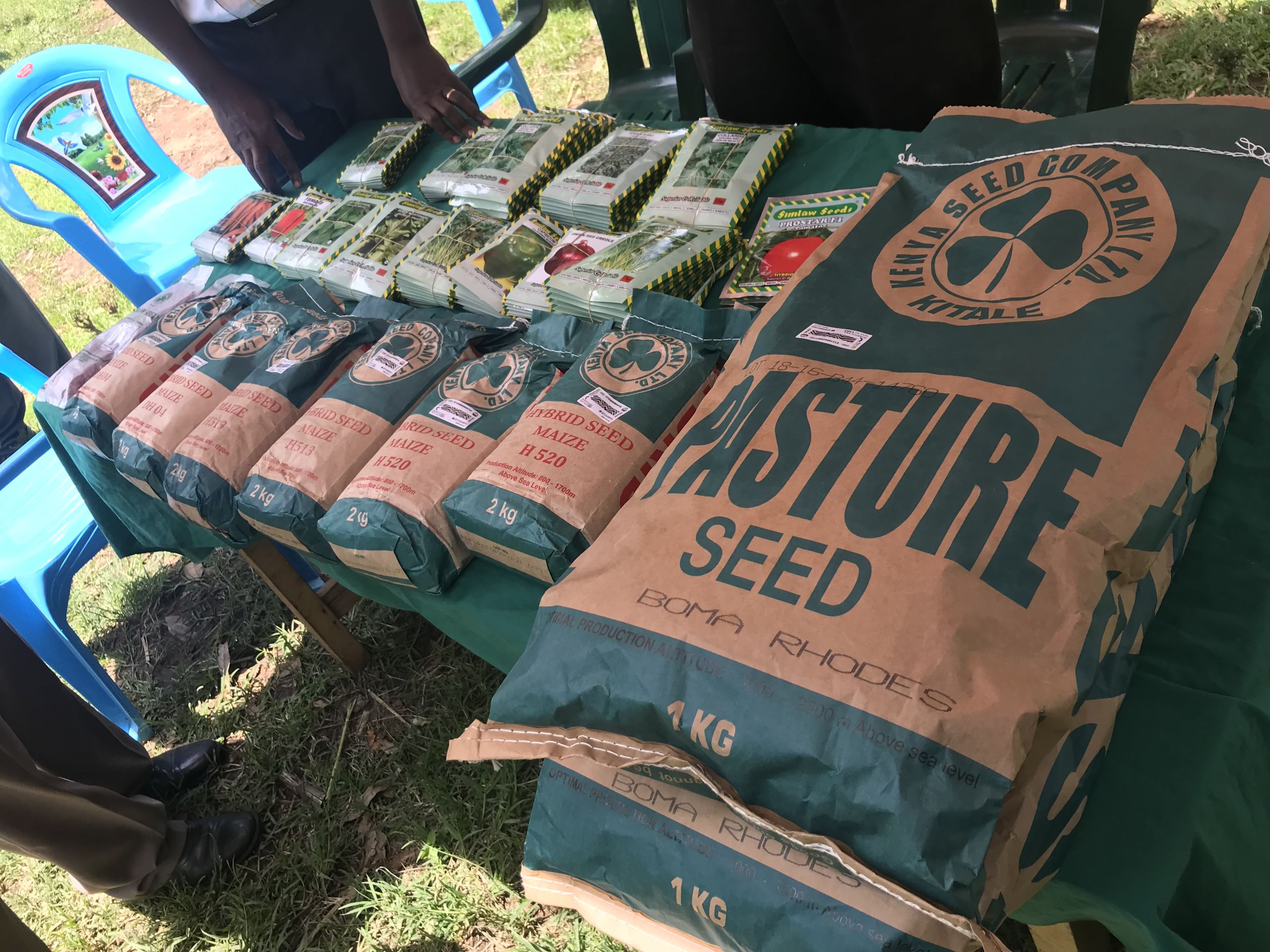
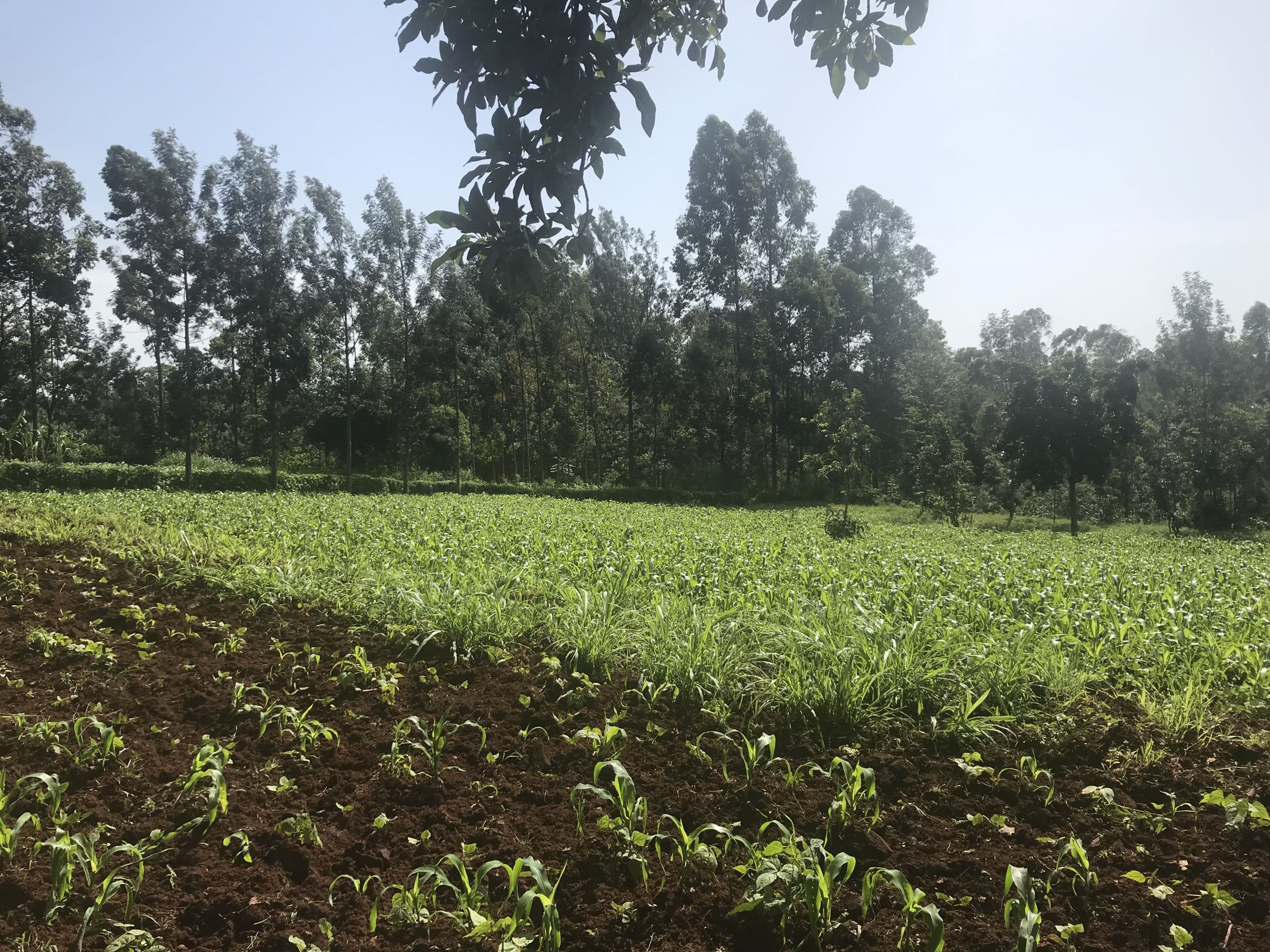
Editor’s note: CropLife International facilitated Devex's travel and logistics for this reporting. However, Devex maintains full editorial control of the content.
